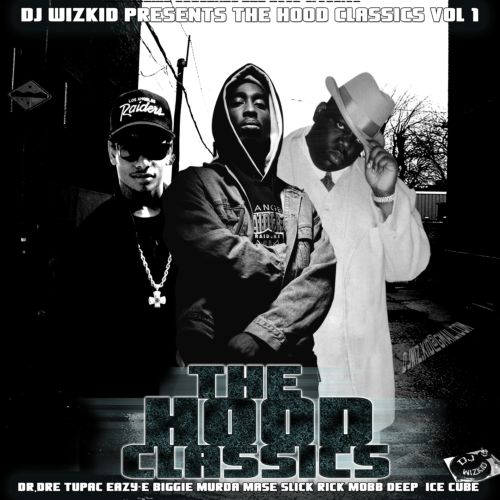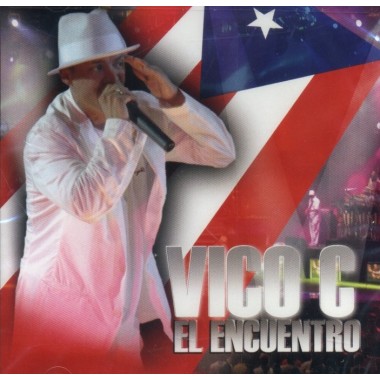Manchester Orchestra and Favorite Gentlemen/Canvasback music are proud to present 'I’ve Got Friends' the third chapter of their video series today on MySpace.
The full-album series concept was conceived by the Emmy Award winning directing team of Clay Lipsky and Jason Bognacki of Destroy Rock Music Inc., whom also directed 'I Can Barely Breathe' from the band’s debut I’m Like a Virgin Losing a Child.
Lipsky notes that the vision behind the videos are to 'create a cinematic collage of decaying film and lost memories intertwined with a loose narrative about a young woman on a surreal journey to find what she is missing.' The videos to follow will continue to discover the many layers hiding within the new record.

Be sure to stay tuned for the remaining eight chapters launching from now and past the Mean Everything To Nothing April 21st release date!
www.themanchesterorchestra.com
www.myspace.com/manchesterorchestra
MANCHESTER ORCHESTRA TOUR:
4/21 Nashville, TN Exit/In
4/22 Athens, GA 40 Watt
4/23 Carrboro, NC Cat’s Cradle
4/24 Richmond, VA The National
4/25 Baltimore, MD Ottobar
4/26 Philadelphia, PA The Trocadero
4/29 New York, NY Bowery Ballroom
4/30 Cambridge, MA Middle East
5/01 Rochester, NY Water St.
5/02 Pittsburgh, PA Mr. Small’s
5/03 Cleveland, OH Grog Shop
5/05 Pontiac, MI Eagle Theater
5/06 Columbus, OH Skully’s
5/07 Covington, KY Mad Hatter
5/08 Chicago, IL Subterranean
5/09 Minneapolis, MN Station 4
5/11 Kansas City, MO Record Bar
5/12 Denver, CO Marquis Theater
5/13 Salt Lake City, UT Avalon
5/15 Seattle, WA El Corazon
5/16 Vancouver, BC Biltmore
5/17 Portland, OR Hawthorne Theater
5/19 San Francisco, CA Bottom of the Hill
5/21 Los Angeles, CA Troubadour
5/22 San Diego, CA Voodoo Stage HOB
5/23 Tucson, AZ Congress
5/24 Tempe, AZ Clubhouse
5/26 Austin, TX Emo’s Inside
5/27 Dallas, TX The Loft
5/28 Houston, TX Walter’s
5/29 Baton Rouge, LA Spanish Moon
5/30 Oxford, MS Proud Larry’s
5/31 Birmingham, AL Bottletree
6/02 St. Peterburg, FL State Theater
6/03 Orlando, FL The Social
6/04 Orlando, FL The Social













